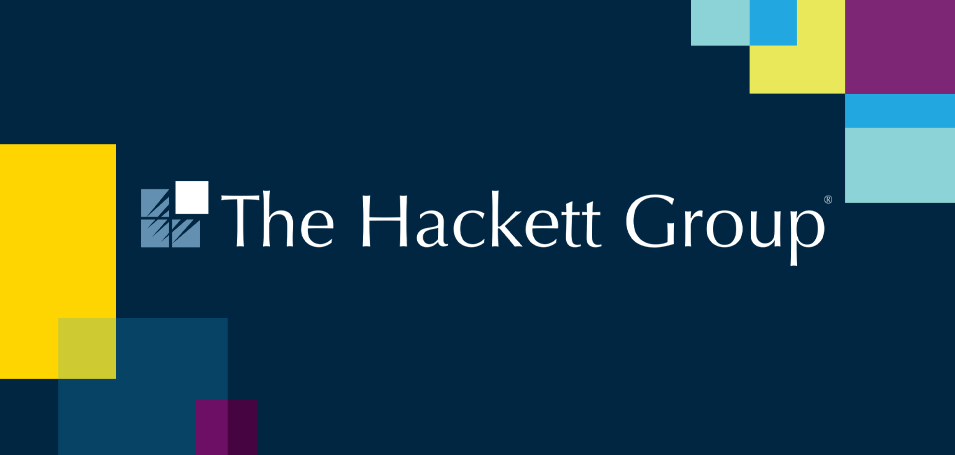Going Beyond the Traditional LMS for Customer Education and Certification Needs
Recently, Barry Kelly, CEO and founder of Thought Industries, interviewed Ha McNeill, Chief Operating Officer for BSA | The Software Alliance, about their 6-week journey from an internal LMS to launching their next-generation customer education and certification program.
BSA | The Software Alliance (www.bsa.org) is the leading advocate for the global software industry before governments and in the international marketplace. BSA boasts members who are among the world’s most innovative companies, creating software solutions that spark the economy and improve modern life.
BSA operates in over 30 countries and does compliance and IP enforcement for its members. They’ve added on offerings over the years, including a SAM Certification and learning offering.
Software asset management (SAM) is a business practice that involves managing and optimizing the purchase, deployment, maintenance, utilization, and disposal of software applications within an organization.
Ha McNeill oversees a few different functions for the organization, including all of the programs that not only drive value to its members, but also generate revenue back to fund the organization.
Seeking a next-generation customer learning management system to deliver a certification program and better member experience
BSA has developed a certification course specifically on SAM, to help educate and enable companies on how to manage their software assets, and the role and responsibilities of those in the organization, from IT to legal to risk management, who should be involved.
Originally, the BSA course was developed on a system that was focused on internal training. Key capabilities missing from the internal LMS included integrated ecommerce for a minimal-click user experience from payment to certification course content, and CRM to help market to new users.
Ha explained, “It’s not just known users, right? It’s the potential customer and how you nurture them through that whole process of social media advertising, and getting them to engage on your website, getting them interested, and then seamlessly transferring them into something that is easy to purchase, log into and launch, through completion of their certification.”
BSA did not have an army of developers and system integration experts, nor the time or resources to build onto their existing internal LMS. They also wanted to employ a channel partner strategy to help bring the new SAM certification course to market, each having their own brand identity through white-labeling. This was a tipping point for BSA because the SAM course was to be for public offering. As a commercial product they had to find the right technology to bring it to market.
The search for the right extended enterprise training management system
It is always a difficult and far-reaching choice for large, international organizations to shift or change any fundamental technology in their stack, whether it be a CMS or marketing automation, or in this case, learning technology.
BSA began their journey specifically looking for an LMS consultancy service that assists organizations from the onset of the search through to the implementation of the new technology.
Ha McNeill: “We were under a fairly aggressive timeline. We recognized that we did not have LMS expertise and we needed outside help. It was important to partner with someone who could help us scope out a list of requirements and match them with appropriate LMS platforms. John Leh at Talented Learning was an extremely valuable resource to us during this time to narrow our selection and help us land on Thought Industries.” And it works both ways, meaning the potential vendors are also given clarity around BSA’s needs and how they will measure success, to ensure a great fit.
Onboarding sets the stage for long term customer success
The customer onboarding process is one of the most critical parts of the engagement, with a lot on the line. It not only represents an addition to the organization’s technology stack, it’s the integrations, and the fact that the end result will be customer-facing with high expectations for a seamless user experience. Time constraints make the process that much more stressful.
Ha McNeill: “We had an internal dedicated person to run point and have very transparent, open communications with our team and the Thought Industries team. Under a tight timeline, each communication is really, really important. Everyone is trying to learn how to work together. Each is an extension of the other’s team. It takes strong collaboration because the technology doesn’t live in a vacuum. It is connected to other tools, to our product and to our customers.”
Bringing the certification course to market
BSA’s course teaches how to establish, develop and implement a software asset management (SAM) program within an organization – who they need to have as part of that governing structure to really make it work, and what are the different considerations. It’s a complex topic because some companies are born in the cloud, others are moving to the cloud, and the licensing structure is very different for each. Plus, policies that allow remote work, and employees to work on their own devices presents additional complexity. There are also the increasing cyber security threats.
The course is targeted to IT managers or director levels that are heading this up, as well as the cross-functional team that will necessarily be involved. BSA did a study that determined, on average, up to 8 people within an organization have distributed responsibility for contributing to a successfully managed SAM program. The more these people are well-versed in best-practices, the more effective the program.
BSA offers the only course that is tied to the latest international standards. The course is self-paced and is in two modules followed by an assessment. Upon passing the assessment learners receive a certificate and a digital credential.
Channel partner training and white labeling key to success
An important component to success at BSA is their partner reseller program because it enables scalability and targeting of the right audiences. It’s a business-to business-to business approach. During the onboarding process, BSA was also launching one of their first partnerships. “Thought Industries was essential in setting up the look and feel and the logistical workflows concurrently with the internal onboarding process,” Ha explained.
Extended Enterprise LMS Selection Considerations
Ha McNeill: “Here’s my advice for companies who may be about to go through a similar process of selecting extended enterprise LMS technology, perhaps with a similar timeline:
- Be true to your strategy. Look for an extended enterprise LMS that is able to support that strategy, not just the technology. It needs to be a great fit. Find an organization that will really partner with you and evolve with its customers.
- Key components to strive for are improved customer experience, reducing the backend administrative hours required to maintain this program, and experience with the extended enterprise LMS partnership model.
- Embrace continual improvement. How do you evolve your product? That might mean creating different ways of providing the offering or structuring it in different ways or breaking it up into different components. Always assess what the market needs are, and how to meet and exceed the needs of those end users.”
Join Ha McNeill and other industry experts online at COGNITION 2020 this fall for valuable takeaways to execute customer education programs that generate higher engagement, product proficiency, retention and growth.


